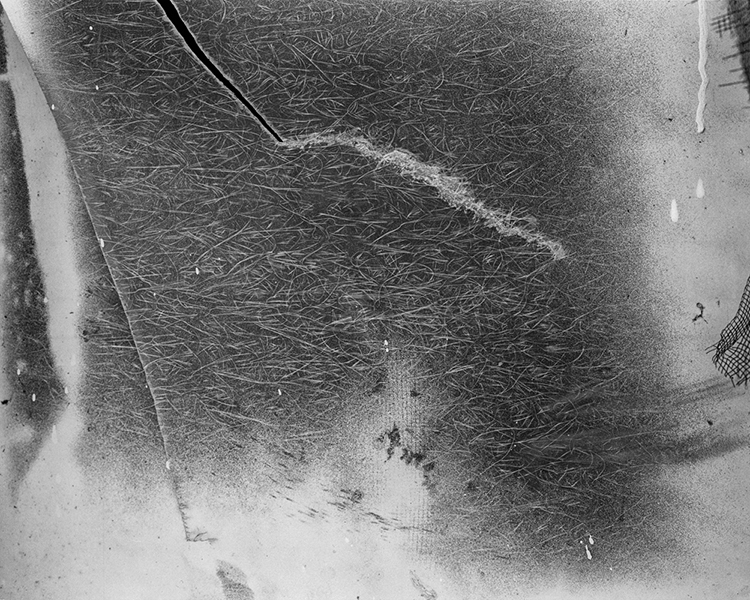“Don’t Rush”: Andrew Zawacki’s “Unsun:”
Poetry geeks tend to write things about Andrew Zawacki’s poetry like: “Unsun takes on digital networks, international transit, the uneven movements of capital, and the unrelenting feedback loops of data surveillance, weather disaster, war” (from the Coach House Books blurb). In somewhat simpler terms, it’s fair to say that Zawacki is ever alert to all that is going on around him. Most of the poems in Unsun deal with nature, with walks outdoors, through forests, into a “fox field at evenfall.” He is especially attuned to the many ways in which industry and technology are attacking and, often, ruining our environment. “The sky is not falling it’s / failing” (From “Outside a Ruined Casino.”)
Many of the poems in his recent book Unsun:f/11 (Coach House Books, 2019) draw on the terminology of scientific disciplines, including geology, mathematics, meteorology, and astronomy, plus the fields of medicine, computer programming, photography, and probably several others that I have forgotten, not to mention a couple of foreign languages. In other words, I spent a lot of time Googling things as I read his vocabulary-expanding poems.
We are all on our way
Out don’t
Rush
(from: “U9 to Zoo Station Sonnet”)
My take on these challenging poems is simple: don’t rush. One of Zawacki’s goals is to encourage (i.e., force) the reader to look at things differently. More precisely. More scientifically. This is implied in the book’s subtitle f/11, which represents the f stop, or aperture, of a camera lens. In this case, f/11 suggests a lens in which nearly everything should be in sharp focus.
A glassstar shrieks into
starfall, its falllight
casting enriched uranium
shadows over the ruinsof a city of
lead and cement : an early-
warning satellite chitters, the end
times barely begun, no witnessprotection program for any of us.
(from “END_PROGRAM_HELLOWORLD”)
I’d like to steal a short phrase from John Vincler’s recent essay “Grid Logic” (over at the Poetry Foundation), which is about the poetry of Susan Howe. He writes about Howe’s “atomistic attention to units of sound and typographical form.” Zawacki, I think, pays an atomistic attention to every detail—to every sound, movement, cloud formation, color—and he wants the most precise word or phrase for that detail, regardless of what discipline the word might come from. If one word comes from chemistry and the next from metallurgy, no problem. Few readers are likely to fully grasp some of Zawacki’s poems during the first read-through. Nevertheless, by the end of a poem like “END_PROGRAM_HELLOWORLD”, few readers will have trouble recognizing that Zawacki is describing the ecological catastrophe that unchecked technology has wrought on our planet.
Take four minutes and go over to Soundcloud and listen to Zawacki talk about and then read “Gratophoph,” a delightful poem from Unsun written for his young daughter, and I think you’ll see that clarity isn’t everything.
One section of Zawacki’s book is a series of poems and photographs called “Waterfall Plot,” which he says is “lifted from the ‘Wheel-Rim River’ suite by eighth -century Chinese poet, painter, musician, and politician Wang Wei.” Each of the twenty brief poems in this suite is accompanied by beautiful abstract, black-and-white photographs by Zawacki. The photographs were shot at “a compound of disused chicken coops in Athens, Georgia.” In his photographs, Zawacki makes the recognizable (chicken wire, windows, feathers, dirt) look otherworldly. He turns them into eerie, if not ominous landscapes and skyscapes that serve as the inspiration for each of the poems, just as Wang Wei’s poems were inspired by the Chinese landscapes he knew so intimately. (David Hinton’s translation of Wang Wei’s WheelRim Sequence can be read here.)
Here is the photograph and the poem that comprise “Waterfall Plot 2”:

Leaves in the wind a kaleidoscope—developer
amber, hypo pink—and chickens blind, asphyxiatedby contaminated streams. Root canal : ammonium
nitrate and diesel fuel, to fracas a mountain in half.
Photography is typically about framing the world. But in these photographs, Zawacki is mostly concerned with focus and scale. He wants to turn the micro—the grime or residue that has naturally built up over time on a scrap of screen or on a pane of glass—into something that resembles a landscape or skyscape. He uses the science of photography to aid the eye in seeing in more precisely and then he employs the vocabulary of the sciences to articulate more precisely. We often think of poetry as invoking mystery or pointing us to that which cannot be spoken. Zawacki is going in the opposite direction, towards a kind of rigor or exactitude. There are still mysteries in this world, but they are all the more stunning if seen clearly.
Coach House Books has produced an exceptional short video about Unsun that I highly recommend watching. No, it’s not a poetry reading. Think of it as a sort of sci-fi music video for the book’s opening poem “Optic Audio.” The video was edited by Paul Cunningham and the music excerpted from “Ice as the Sun” by the Berlin-based electronic music composer Hainbach.
The poems of “Waterfall Plot” are also available in a chapbook. Waterfall Plot. Greying Ghost, 2019. Chapbook. Limited edition of 100.

